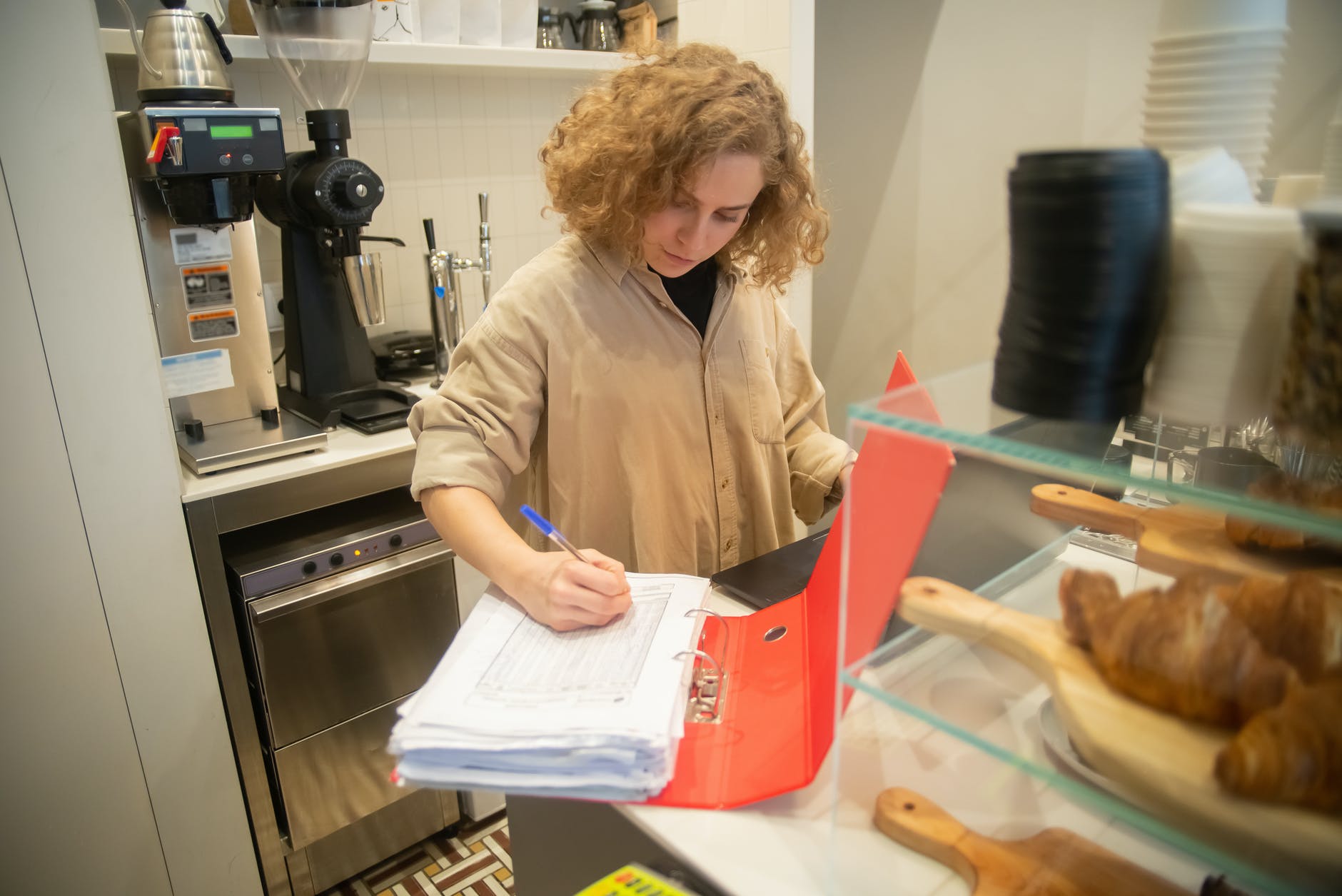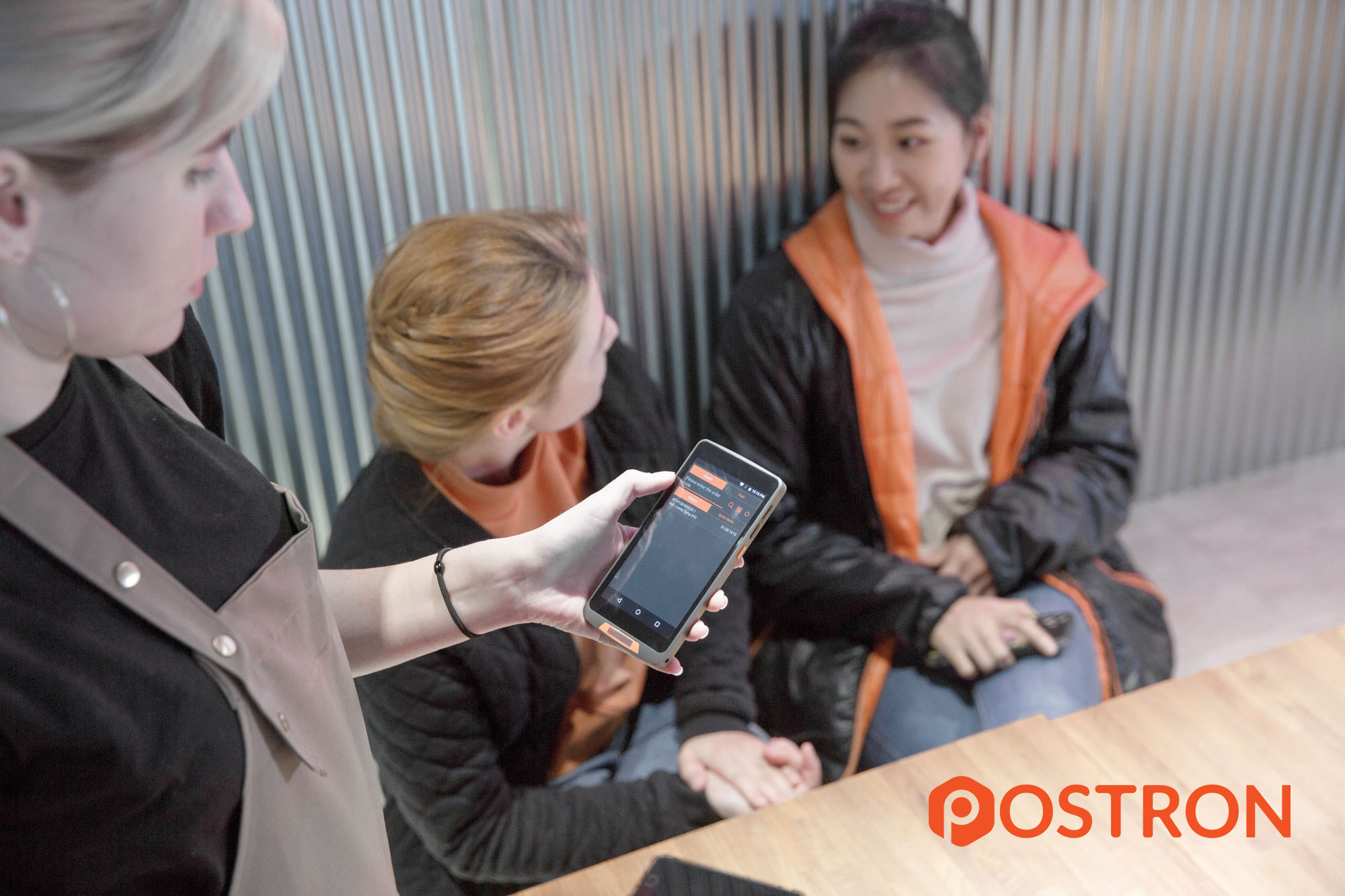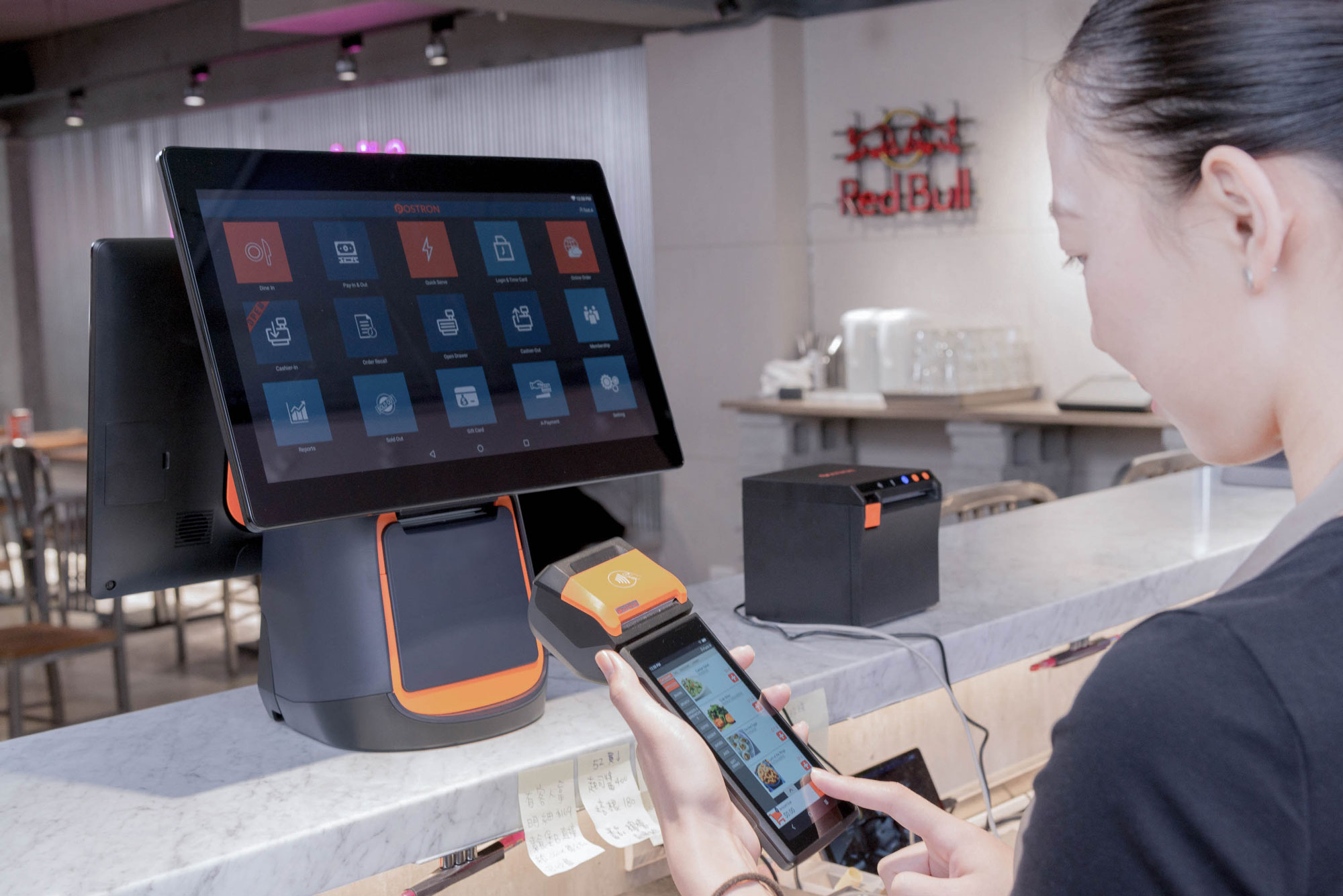How your POS system can help you to tackle the restaurant labor shortage
Restaurants all over the country are facing the same problem – attracting and retaining employees. Workers are quitting at an alarming rate, with quit rates for the food services and accommodation industry (5.7%) currently sitting at over double the national average 2.5% according to the National Bureau of Labor Statistics.
The pandemic is of course a huge influence on these numbers. Not only has COVID-19 reshaped our dining habits, but it has also turned the world of work on its head.
Now hundreds of thousands of jobs are available on a work-from-home basis, and those who are used to working long shifts on evenings and weekends have decided that they would prefer that routine rather than accepting potentially lucrative tips.
How can restaurant owners solve the labor shortage? The answer to this problem, like so many in business today, is in the form of technology.
How Technology Provides the Solution to the Current Labor Shortage in the Restaurant Industry
With so many restaurants short of workers, there have been various approaches to attracting and retaining employees. As has been widely reported, almost all major restaurant chains have hiked their wages, in cases as much as double what they were pre-pandemic.
Other restaurateurs of small and independent chains have offered more flexible working patterns and increased benefits in order to tempt workers. However, it appears that workers are continuing to quit in their droves.
While that may sound alarming, current technological solutions offer you the ability to run your restaurant with a reduced roster seamlessly. In many cases, solutions offered by leading POS providers such as POSTRON could dramatically improve your customer’s dining experience while having less staff on hand.
If you’re wondering how this could possibly be the case, let’s explain in a little more detail.
How You Can Use Your POS System to Mitigate the Current Labor Shortage
While not all POS systems are created equal, leading solution providers can provide cutting-edge technological solutions that will relieve the pressure on restaurants operating with fewer staff members than usual.
From touchless ordering experiences to paying unattended, there are several options available to restaurant owners looking to run their establishments more efficiently.
Lower the Burden on Your Servers with QR Codes for Restaurant Menus
Perhaps the biggest squeeze on labor has been within the server position, which traditionally relies on tips. A typical server may interact with a dining party as often as a dozen times per sitting, but this is not only inefficient from an operational perspective, it’s a significant factor in why so many have left.
QR codes may provide the solution in this regard, freeing up your servers to take care of the most important task, such as bringing food to the table. By adding a QR code to the table, diners can scan it to bring up your restaurant menu and they can place their order using the built-in online ordering system.
This way there’s no need for a server to greet the party, take drinks orders, take food orders, and then take payment at the conclusion of the meal. Instead, they can focus on serving food and can therefore cover a much larger number of tables during the course of service.
Implement An Online Ordering System in Your Restaurant to Improve Efficiency
If you own and operate one or multiple quick-service restaurants, then you can maximize the number of staff working behind the line by investing in a touchless fast food POS system.
Without the need for customer-facing staff members (you can always have one or two on standby to address any issues that may occur), you can commit more individuals, increase your order output, and increase customers satisfaction.


